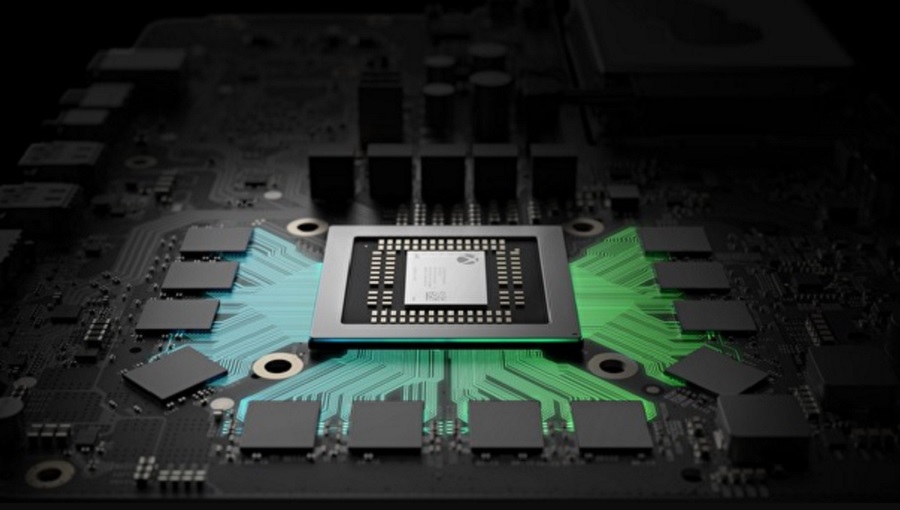Microsoft revealed details on its Xbox Scorpio game console on Thursday, giving exhaustive specifications on the hardware that will go into its next gaming machine.
So begins a series of revelations that will take us through E3, the big game industry trade show in June, and an eventual launch in the holidays of 2017. It was a limited reveal, with no information yet on the games, the operating system, the user interface, the industrial design, the price, or the myriad other details associated with a major game console launch.

Unlock premium content and VIP community perks with GB M A X!
Join now to enjoy our free and premium membership perks.
![]()

![]()